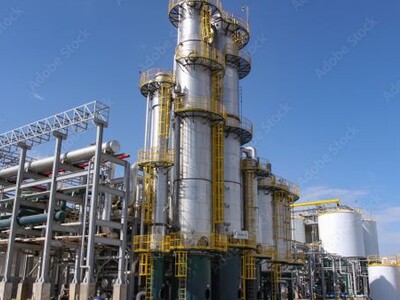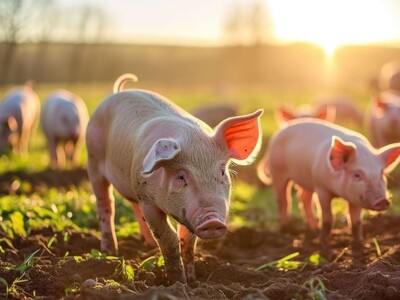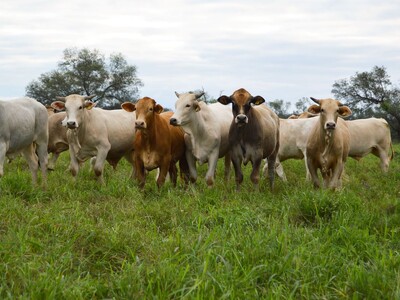Tomato Pellets
Albert Wilde, a sixth-generation rancher, a few years ago began considering how he could use the 5 percent or so of the wool that buyers weren’t interested in because the quality wasn’t considered good enough for the athletic gear and other products they were making with it. Thinking the wool would help hold moisture in the soil and perhaps provide other benefits for plants. Wilde did a little experimenting. Wilde eventually figured out that he could turn the wool into pellets which would make it easier to handle and use. It also created porosity — oxygen space in the soil — helping plants’ roots to expand and grow.
Thinking the wool would help hold moisture in the soil and perhaps provide other benefits for plants, Wilde did a little experimenting and was pleased with the results.
“Wool holds 20 times its weight in water. By incorporating it into the soil, the soil can stay moist and plants don’t dry out as quickly,” Wilde said. Plus, “wool is high in nitrogen, so it makes great fertilizer.”
The wool, which Wilde eventually pelletized to make it easier to use, also creates porosity — oxygen space in the soil — helping plants’ roots expand and grow.
When Wilde was approached by another Utah farmer looking for organic steer manure, he encouraged the farmer, who owned greenhouses, to see how the wool pellets worked for his tomato plants. Hesitant at first, the greenhouse grower found the wool pellets delivered on Wilde’s promise.


















